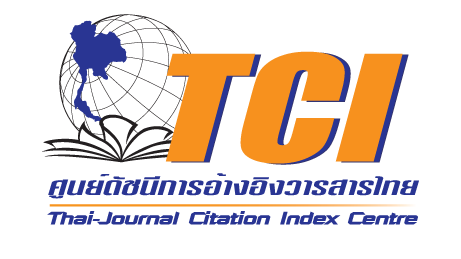Abstract
This study investigates the spatial water quality pattern of 13 stations located along the main Nampong River. Multivariate statistical methods, namely, the hierarchical agglomerative cluster analysis (HACA), the discriminant analysis (DA), the principal component analysis (PCA), and the factor analysis (FA), were used to study the spatial variations of the most significant water quality variables and to determine the origin of pollution sources. Sixteen water quality parameters were initially selected and analyzed. Two spatial clusters were formed based on HACA. These clusters are designated as upper part (U/P) of Nampong River and lower part (L/P) of Nampong River regions. Forward and backward stepwise DA managed to discriminate ten water quality variables, from the original 16 variables. PCA and FA (varimax functionality) were used to investigate the origin of each water quality variable due to land use activities based on the two clustered regions. Five principal components (PCs) were obtained with 69.806% total variation for the moderate-pollution source region, while five PCs with 69.327% total variances was obtained for the low-pollution source region. The pollution source for the L/P is of anthropogenic sources (industrial, municipal waste, and agricultural runoff). For the U/P region, the agricultural runoffs are the main sources of pollution. This study concluded the application of multivariate statistical methods to reduce the large number of water quality parameters down to manageable number.
Keywords : Principal Component Analysis, Discriminant Analysis, Nampong River Basin, Thailand




